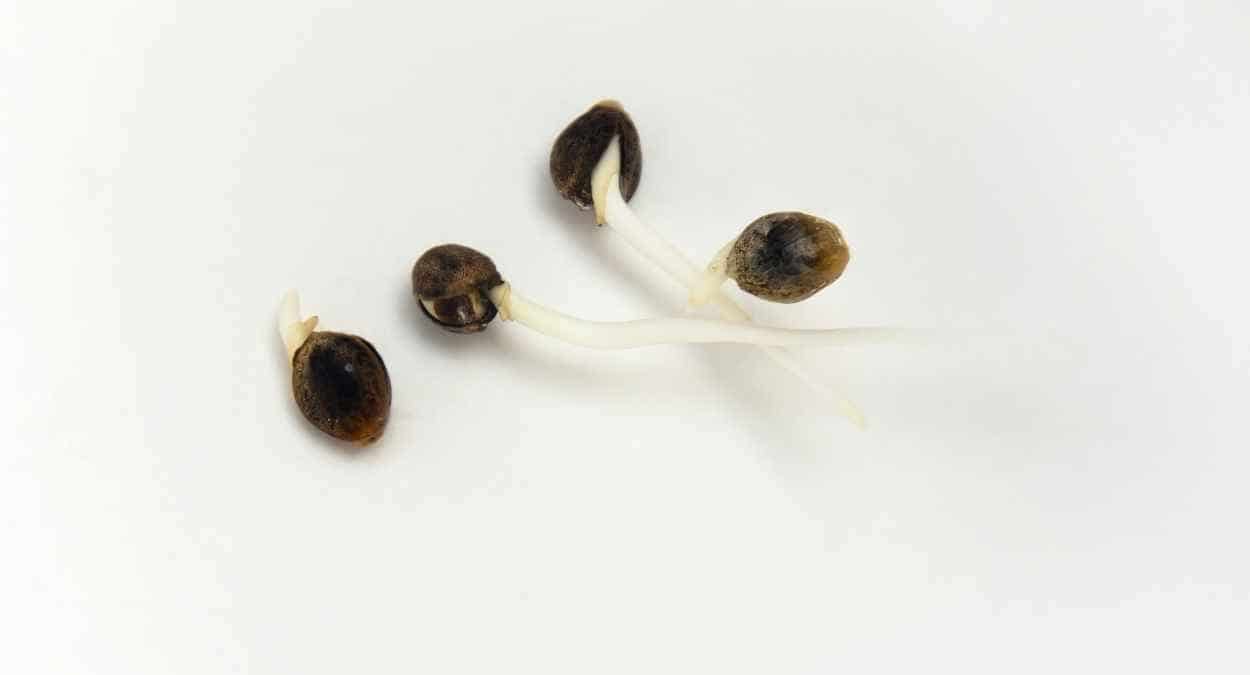Hemp is a dynamic, easily grown, maintained, and harvested crop. It also has several applications, from medicine to processing.
To help you begin growing hemp seeds, here is a step-by-step guide.
Here’s What You Will Need:
1.Supplies for Planting Seeds of Hemp.
2.Source of Water Draining Soil Well (ph6-7.5).
3.Shovel of the Garden (for moving soil)
4.A Garden hose (for moving soil)
Supplies for Harvesting of Hemp Seeds:
1 of Tarp 25 Gallon Buckets
1 Scythe or Garden Shears/Snips
1 Club, Stick, or Bat A Freezer
Let’s get started!
Soil test
To begin with, we need to verify the quality of the soil where your hemp seeds are going to be grown.
A simple test of the soil is fast and convenient. Start by going to your local hardware store and buying a test kit for the soil. On the market, there is a range of kits, so choose the one that suits you best.
You may also have the means for soil testing at your local agricultural center. It is very important to send in a soil sample before sowing your hemp seeds. Kush suggests that a few soil tests from various laboratories be performed. This will help you get a broader understanding of what’s going on in the soil, but to get started, one test will do the job.
Preparing the Soil
Take any recommended steps until the results of your soil test are returned. To guarantee that the plants will have all the nutrients they need for the season, enrich your soil with the recommended minerals. Planting a cover crop in the preceding season is another way to ensure a proper mineral composition. You must feed the soil and not the plant, just like growing any crop sustainably for the long term.
Hemp is not an exception to the use of proper methods of crop rotation, such as,
Year 1: Hemp(planted for harvest) Year 2: Common Buckwheat (planted for soil phosphorus regeneration) Year 3: Hemp (planted for harvest) Year 4: Alfalfa (Planted for soil nitrogen regeneration).
It will make for stronger, cleaner, dynamic soil following this period of crop rotation. It also contributes to a stronger, healthier, dynamic hemp commodity by design for generations to come. All it produces would also be healthy and vibrant if the soil is healthy and vibrant.
If you don’t have the time this season to plant a cover crop, then easy supplementation from your local agricultural supply store can be a fast and efficient way to ensure that you have organic mineral content in time for the current season.
Sowing Seeds
It is advisable to plant hemp seeds from April to June, although the conditions are more important than the calendar date. It is best to have a soil temperature above 50 ° F, in full sun (6-8 hours of sunlight a day), and well-drained soil.
Upon planting, to facilitate germination, proceed with deep watering. Although some seeds can take as long as two weeks, you should be able to see seed-sprouts pop up anywhere between 5-10 days. To avoid evaporation, hemp seeds should be thoroughly watered once a week, early in the morning, or at dusk.
Water, water, and water
Between the first 6 weeks, watering is most necessary, after which hemp becomes mostly drought resistant. If you start seeds inside, about May 1st, it is suggested to do so. This allows for 3 weeks of development before outside transplantation.
Every day, each seeding must receive light water and should be stored in a warm (above 70 ° F) room that experiences direct to indirect sunlight for about six to eight hours. The seeds are ready to move outdoors when the stems near the base start to become “woody” and more secure.
In certain hemp fields, due to how large the plant would be at full maturity, seed spacing is normally 4’x6 ‘. This extra room also gives space for the plant to produce material. All hemp plants have their own space, similar to an orange grove or apple orchard. Due to the development of rows for walking, space between plants for inspection, and easier movement at harvest time, this is more convenient for the farmer. This is not necessary but makes it easier to organize.
The Final Thoughts
Hemp, however, can also be very densely planted with no problems. This will not only help keep weeds at bay, but it will have more opportunities for harvesting. Another advantage is that, because of the sheer size, the hemp crops do not need to be tested as much. Any method is acceptable for planting your hemp crops. So put those gardening boots on and grow yourself some hemp!

